Nicolas Rougier
Mnemosyne, LaBRI, IMN
Transfer between long-term and short-term memory using Conceptors
Mar 11, 2020



Abstract:We introduce a recurrent neural network model of working memory combining short-term and long-term components. e short-term component is modelled using a gated reservoir model that is trained to hold a value from an input stream when a gate signal is on. e long-term component is modelled using conceptors in order to store inner temporal patterns (that corresponds to values). We combine these two components to obtain a model where information can go from long-term memory to short-term memory and vice-versa and we show how standard operations on conceptors allow to combine long-term memories and describe their effect on short-term memory.
Neuromorphic hardware as a self-organizing computing system
Oct 30, 2018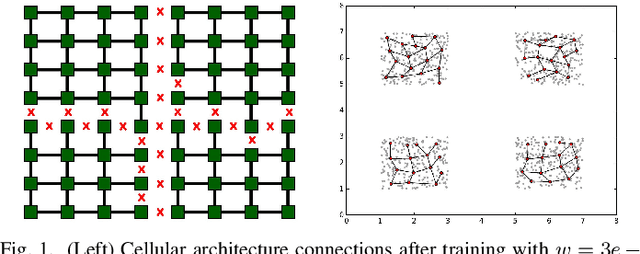
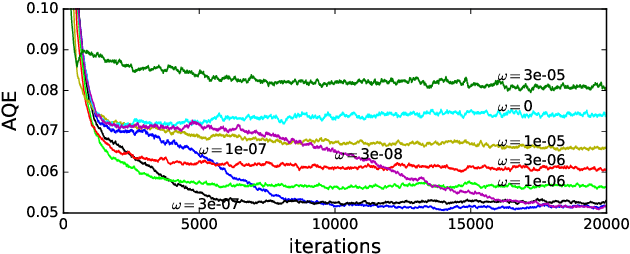
Abstract:This paper presents the self-organized neuromorphic architecture named SOMA. The objective is to study neural-based self-organization in computing systems and to prove the feasibility of a self-organizing hardware structure. Considering that these properties emerge from large scale and fully connected neural maps, we will focus on the definition of a self-organizing hardware architecture based on digital spiking neurons that offer hardware efficiency. From a biological point of view, this corresponds to a combination of the so-called synaptic and structural plasticities. We intend to define computational models able to simultaneously self-organize at both computation and communication levels, and we want these models to be hardware-compliant, fault tolerant and scalable by means of a neuro-cellular structure.
A Simple Reservoir Model of Working Memory with Real Values
Jun 18, 2018
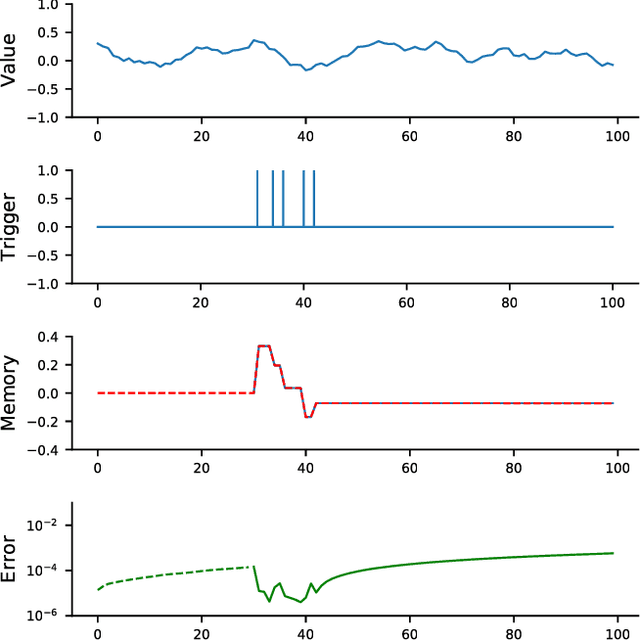
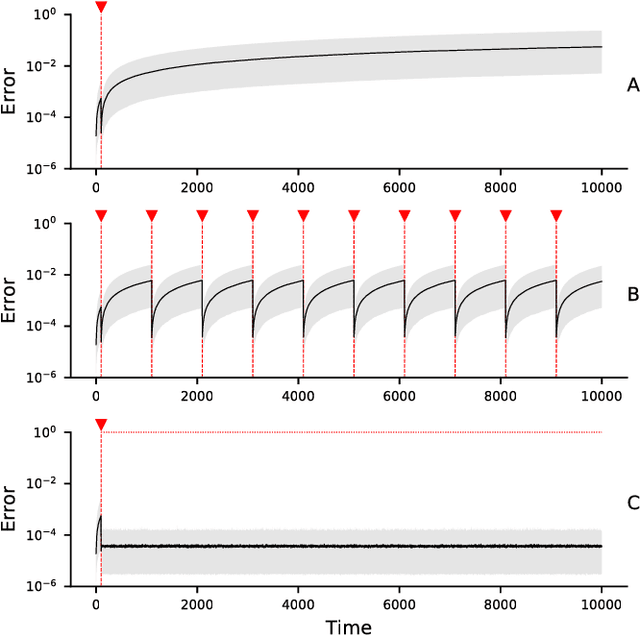
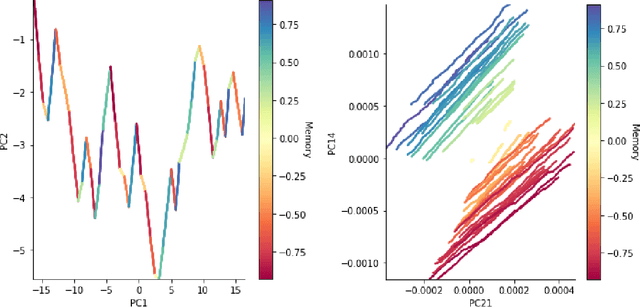
Abstract:The prefrontal cortex is known to be involved in many high-level cognitive functions, in particular, working memory. Here, we study to what extent a group of randomly connected units (namely an Echo State Network, ESN) can store and maintain (as output) an arbitrary real value from a streamed input, i.e. can act as a sustained working memory unit. Furthermore, we explore to what extent such an architecture can take advantage of the stored value in order to produce non-linear computations. Comparison between different architectures (with and without feedback, with and without a working memory unit) shows that an explicit memory improves the performances.
A Computational Model of Spatial Memory Anticipation during Visual Search
Oct 09, 2006



Abstract:Some visual search tasks require to memorize the location of stimuli that have been previously scanned. Considerations about the eye movements raise the question of how we are able to maintain a coherent memory, despite the frequent drastically changes in the perception. In this article, we present a computational model that is able to anticipate the consequences of the eye movements on the visual perception in order to update a spatial memory
 Add to Chrome
Add to Chrome Add to Firefox
Add to Firefox Add to Edge
Add to Edge